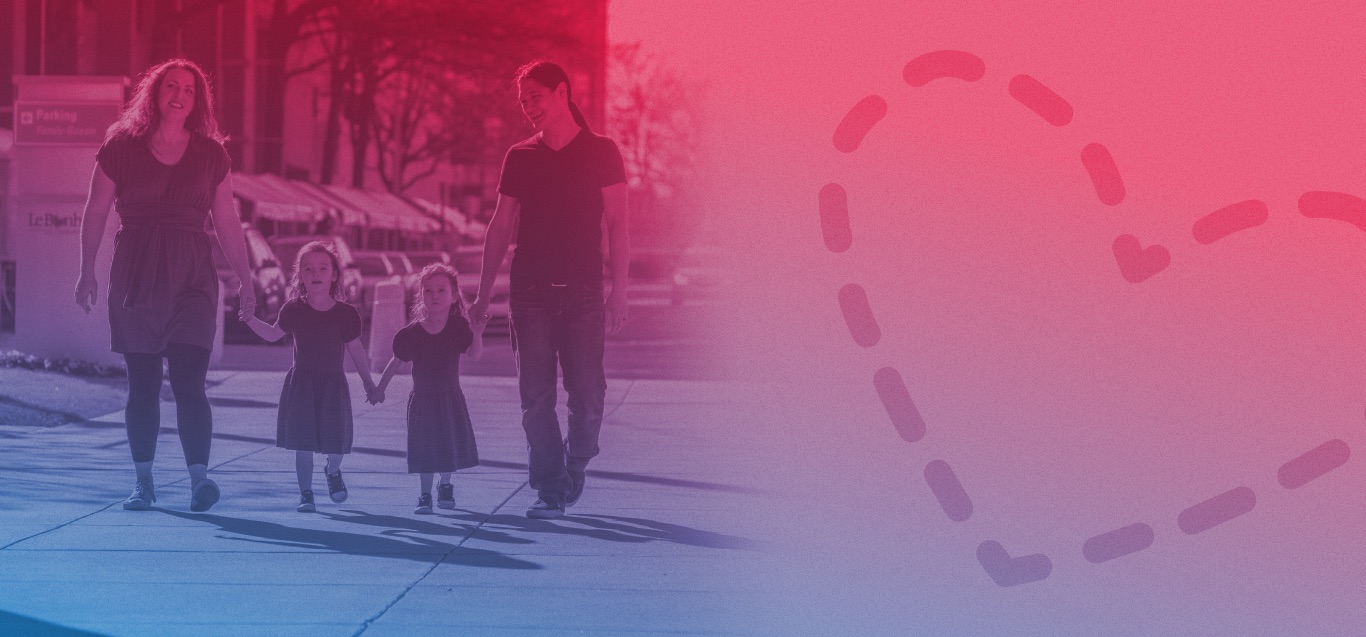
Treating Clubfoot
Posted: December 13, 2011 One in every 1,000 babies is born with clubfoot each year. Our pediatric orthopedic surgeons specialize in the nonsurgical treatment for children born with clubfoot called the Ponseti method. Our surgeons are also leaders in many of the new and improved surgical techniques for correcting clubfoot. In fact, Le Bonheur Children's offers a multidisciplinary clubfoot clinic each week. Le Bonheur Pediatric Orthopedic Surgeon Derek Kelly, MD, serves as the clinic's primary physician. He answers some common questions about the condition below.
One in every 1,000 babies is born with clubfoot each year. Our pediatric orthopedic surgeons specialize in the nonsurgical treatment for children born with clubfoot called the Ponseti method. Our surgeons are also leaders in many of the new and improved surgical techniques for correcting clubfoot. In fact, Le Bonheur Children's offers a multidisciplinary clubfoot clinic each week. Le Bonheur Pediatric Orthopedic Surgeon Derek Kelly, MD, serves as the clinic's primary physician. He answers some common questions about the condition below.
What is clubfoot?
Clubfoot is a congenital deformity of the foot that is usually characterized by a curled shape or a twisted position of the ankle, heel and toes. One or both feet may be affected. The calf muscle and foot may also be slightly smaller than normal.
How is it caused?
The cause is not known, but the condition may be passed down through families in some cases. Risk factors include a family history of the disorder and being male.
How is it treated?
Early diagnosis and treatment is the key to successful results, and many children begin receiving treatment within two weeks of birth. Kelly ideally likes to see patients after their first newborn screening.
According to the American Academy of Orthopaedic Surgeons (AAOS), increasing success has been achieved in correcting clubfeet without the need for surgery in the past 10 to 15 years because of the Ponseti method, a treatment option that calls for stretching and casting. The treatment has gained recognition because it results in feet that are strong, flexible and pain free. It calls for five to six weeks of weekly manipulations and plaster cast applications to a child's foot or feet. At Le Bonheur, both physicians and therapists are trained in the method. Once the clubfoot has been corrected with casting, a special brace is required to prevent the deformity from recurring.
Sometimes, stretching, casting and bracing are not enough to correct your baby's clubfoot, says the Kelly, and surgery may be necessary. Surgeons can adjust the tendons, ligaments and joints in the foot/ankle through an operation. The child's foot muscles may try to return to the clubfoot position, so special shoes or braces might be recommended for up to a year or more after surgery.
Treatment, whether surgical or nonsurgical, is necessary for clubfoot patients, though, as clubfoot could result in severe functional disability. With treatment, children can run and play pain free.



